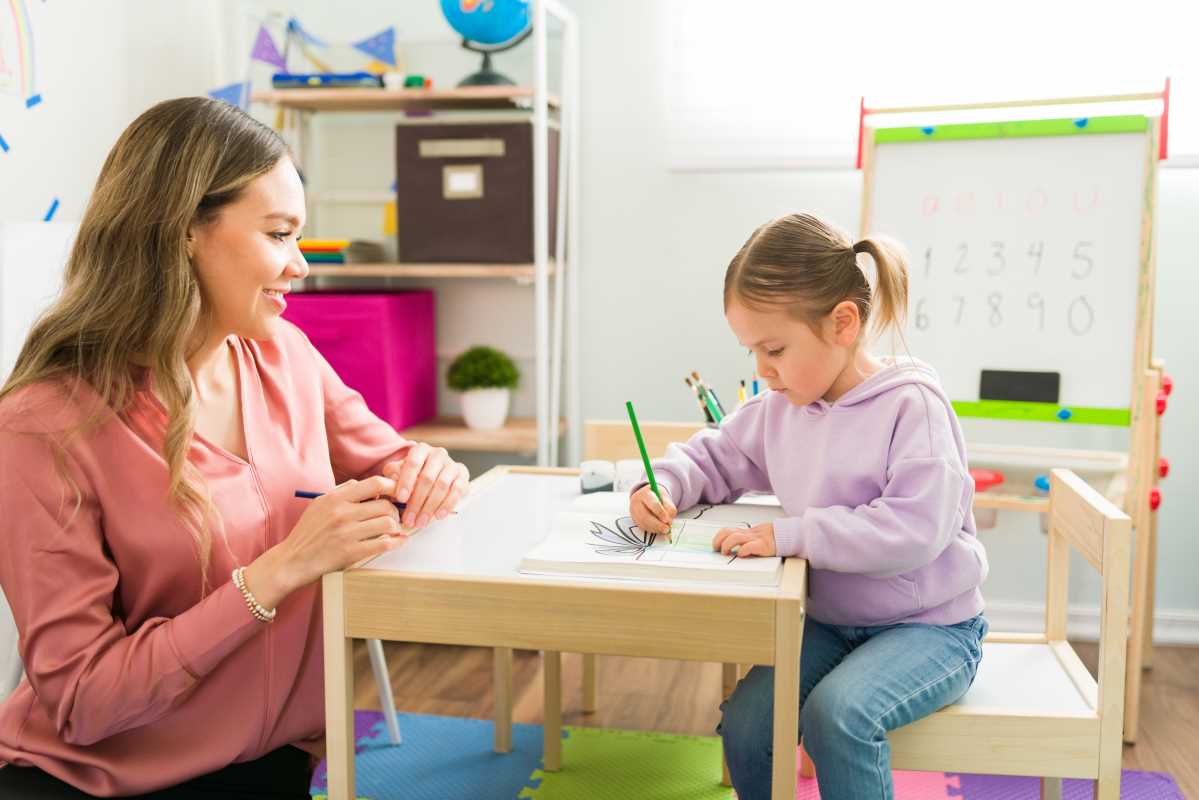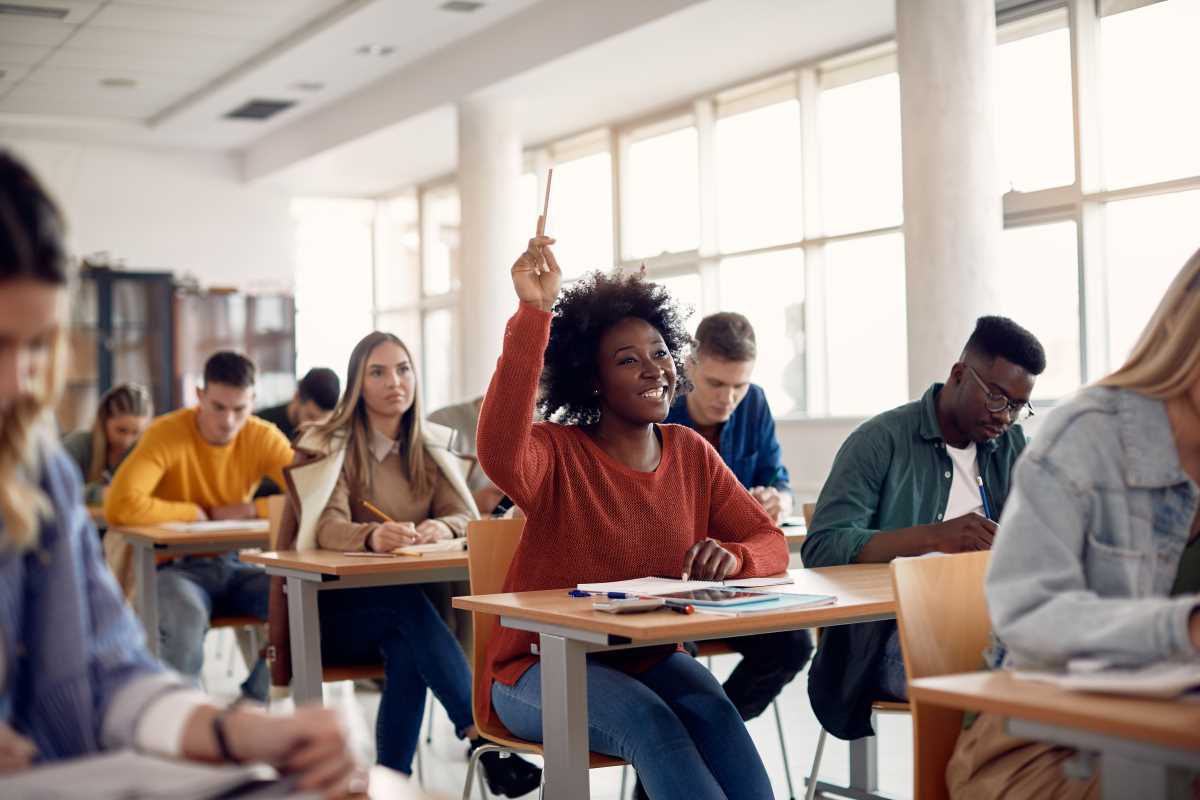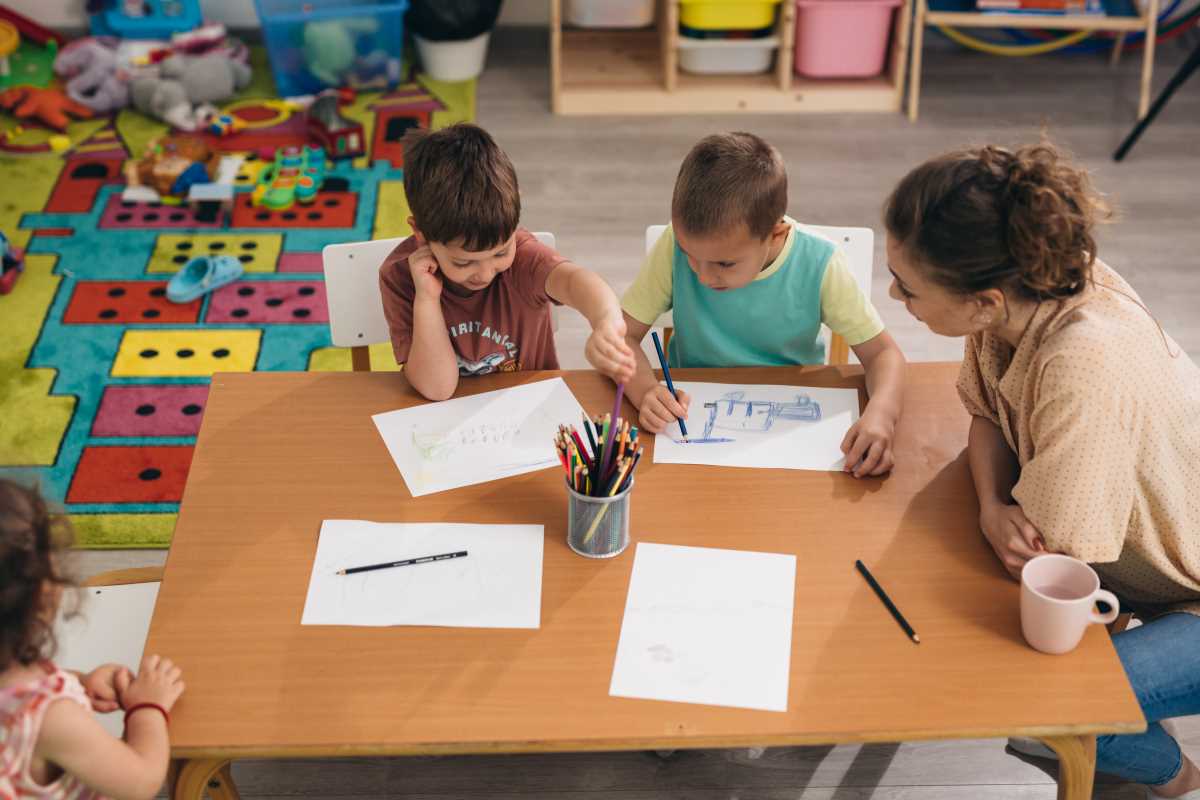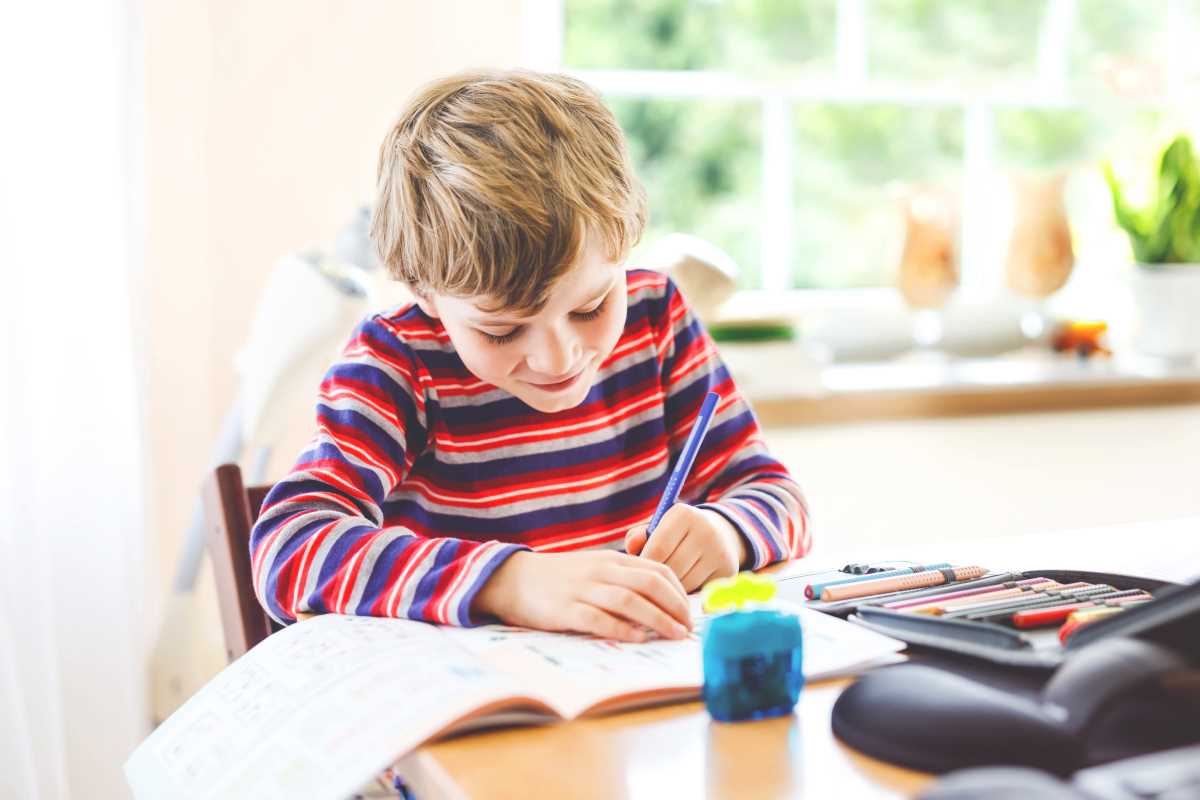Education should spark excitement and curiosity rather than feel like a tedious routine of lectures and drills. By infusing creativity and diversity into how we learn and teach, both students and teachers can transform the educational journey into something vibrant and rewarding. Students eager to spice up their study routines and educators who wish to captivate their classrooms can find immense value in exploring new approaches. These five methods offer practical ways to enliven the learning environment, making it more interactive and enjoyable for everyone involved. Dive into these strategies to see just how impactful they can be.
Use Interactive Learning Techniques
Interactive learning techniques break the traditional barriers of passive learning, allowing students to actively participate and engage with the material. Group discussions, for instance, encourage students to share their ideas and perspectives, creating a collaborative learning environment. By articulating their thoughts, students can better understand and retain information.
Role-playing is another effective method that brings abstract concepts to life. When students take on different roles, they can explore various scenarios and develop a deeper understanding of the subject matter. Interactive quizzes make learning fun and provide immediate feedback, helping students identify areas where they need improvement. These techniques make learning more dynamic and help maintain student interest.
Incorporate Technology
Modern technology offers a plethora of tools that can significantly enhance the learning experience. Educational apps, for example, provide interactive exercises and personalized learning paths that cater to individual student needs. Online platforms like Khan Academy or Coursera offer a wide range of courses that make learning accessible anytime, anywhere.
Integrating these tools can help improve academic performance by allowing students to learn at their own pace and revisit challenging topics as needed. Technology can also facilitate remote learning, enabling students to collaborate with peers and access resources that may not be available in a traditional classroom setting.
Make It Relevant to Real Life
Connecting academic concepts to real-life scenarios can make learning more meaningful and memorable. When students understand how what they're learning applies outside the classroom, they're more likely to stay engaged and motivated. For example, demonstrating how mathematical principles are used in everyday budgeting or explaining the relevance of scientific theories in modern technology can bridge the gap between theory and practice.
Inviting guest speakers from various industries or organizing field trips provides students with firsthand experiences that highlight the importance of their studies. By seeing the practical applications of their education, students can better appreciate the value of what they're learning and how it can impact their future careers.
Encourage Creative Expression
- Incorporate arts into traditional subjects, such as using drawing to explain scientific concepts.
- Allow students to choose their project topics, giving them ownership over their learning process.
- Use creative assignments like writing stories or creating presentations to explore subject matter in innovative ways.
- Encourage brainstorming sessions where students can freely share and develop their ideas.
Creating an environment where creativity is valued can lead to more enthusiastic participation and a deeper understanding of the material. When students feel free to express themselves creatively, they are more likely to engage with the content and develop critical thinking skills that are essential for academic success.
Create a Positive Learning Environment
- Establish clear and respectful communication between teachers and students.
- Provide constructive feedback that encourages improvement and growth.
- Promote a sense of community within the classroom where every student feels valued.
- Ensure that the physical learning space is comfortable and conducive to studying.
- Implement policies that support mental and emotional well-being, reducing stress and anxiety.
A positive learning environment is crucial for student success. When students feel safe and supported, they're more likely to take risks, ask questions, and engage deeply with the material. By prioritizing positivity, educators can help students develop a love for learning that extends beyond the classroom.
Engaging learning is achievable through interactive methods, real-life connections, creativity, technology, and a positive environment. These strategies boost both academic success and personal development.
 (Image via
(Image via





.jpg)